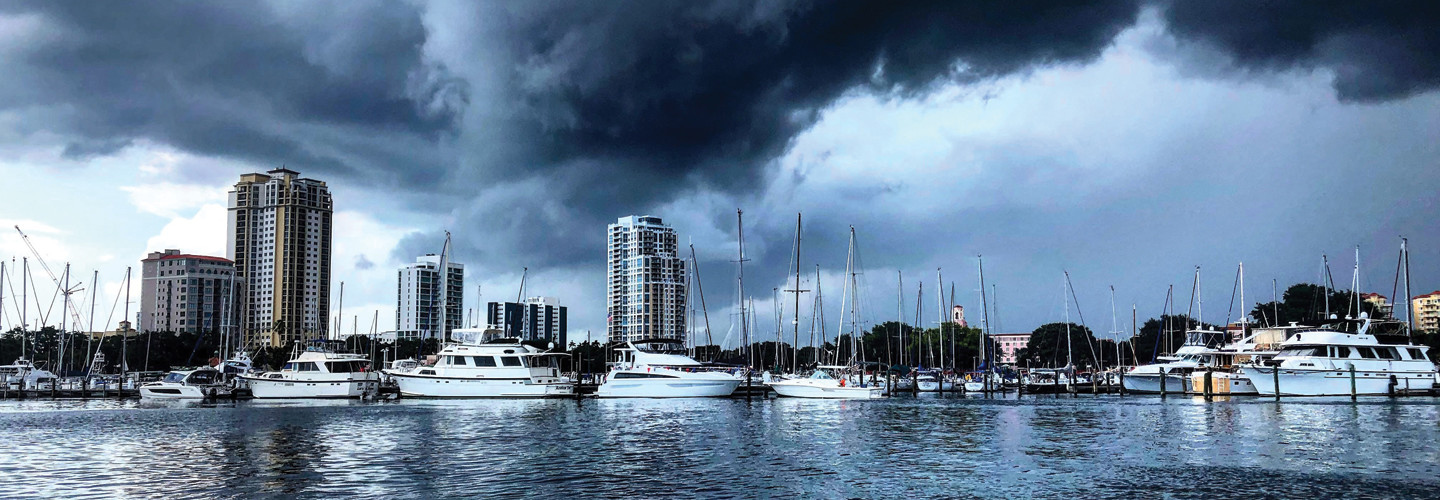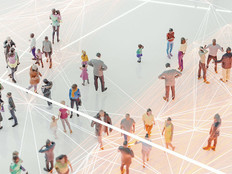How Technology Enables an Effective Mission Response
At the start of the hurricane season, William Bryan, the senior official performing the duties of the undersecretary for science and technology at the Department of Homeland Security, said in a statement that technology and partnerships are “increasingly needed to drive new efficiencies and boost resilience.”
“Efforts to enhance the resilience of our environment, the population, and the business community, creates new opportunities for applying technology to assist with new needs, such as neighborhood health monitoring, crisis communications, and real-time information sharing to front-line responders,” Bryan said.
Guidance the Federal Emergency Management Agency issued in May says that state, local tribal and territorial governments should plan for “virtual coordination with federal partners, bolstering communications and information technology support for remote operations, and pre-identifying approved technology platforms that can be used for increased virtual meeting capabilities among SLTTs, FEMA officials, federal interagency partners, volunteer organizations, and the private sector.”
Mark McNulty, corporate vice president and general manager for U.S. federal government markets at Motorola Solutions, writes in GCN that a key element of hurricane response for state and local agencies is reliable and interoperable voice communications. “The use of secure Project 25 land mobile radio networks and devices has long been the standard for mission-critical voice communications, allowing collaboration across disparate agencies and law enforcement, firefighter, EMS and other first responders involved in the aftermath of a hurricane,” McNulty says.
FirstNet has also helped make emergency communications easier, thanks to the widespread deployment of network coverage and devices for the interoperable, public safety broadband network.
“The complexities of the pandemic make it more important than ever that response agencies inventory radios and communications devices to account for surge use, perform preventative maintenance checks and refuel generators that keep communications networks and 911 call centers operational during and after a hurricane,” McNulty says “They should also preposition recovery assets, including equipment and personnel, to minimize the movement of resources in the midst of a storm and allow personnel to focus on disaster response.”
Another element is cloud-based computer-aided dispatch and other emergency response systems. Cloud-based collaboration tools, such as Microsoft Teams, also enables rapid communication for team members as long as they are able to maintain an internet connection. Cloud tools also enhance safety during the pandemic by allowing agencies to avoid congregating first responders in one physical location.
“While there will always be a need to deploy some individuals to provide on-site emergency support, the cloud enables agencies to minimize the human footprint by allowing many non-essential employees to support recovery efforts from remote locations,” McNulty says. “This includes supervisors who can monitor situations remotely.”
Next-generation work center technologies, such as video displays, data visualization tools and analytics software, can help first responders in emergency operations centers analyze and integrate data from meteorological models, connected sensors, road closure and power outage reports.
Video and analytics capabilities can also aid in monitoring hurricanes as they slam ashore. “Fixed video cameras mounted on buildings, street posts and businesses along with smart analytics can alert personnel to threats and provide critical information, such as the levels of rising water,” McNulty says. “These technologies can also deliver the data needed to properly evaluate a situation for more effective allocation of people and resources, assess damage and track and locate valuable debris.”
Video analytics applications can enable first responders to analyze visual data in real time and help plan responses.
“Emergency managers at all levels of government are grappling with hurricane readiness and response against the backdrop of COVID-19, preparing to keep their people and communities safe from overlapping threats,” McNulty says. “Now is the time to have people trained, processes and policies validated and technology tested and updated so they can save vital time, accurately inform response and mitigate health risks to responders in the moments that matter most.”
READ MORE: Find out how Atlantic Beach, Fla., upgraded its phone systems to withstand hurricanes.










